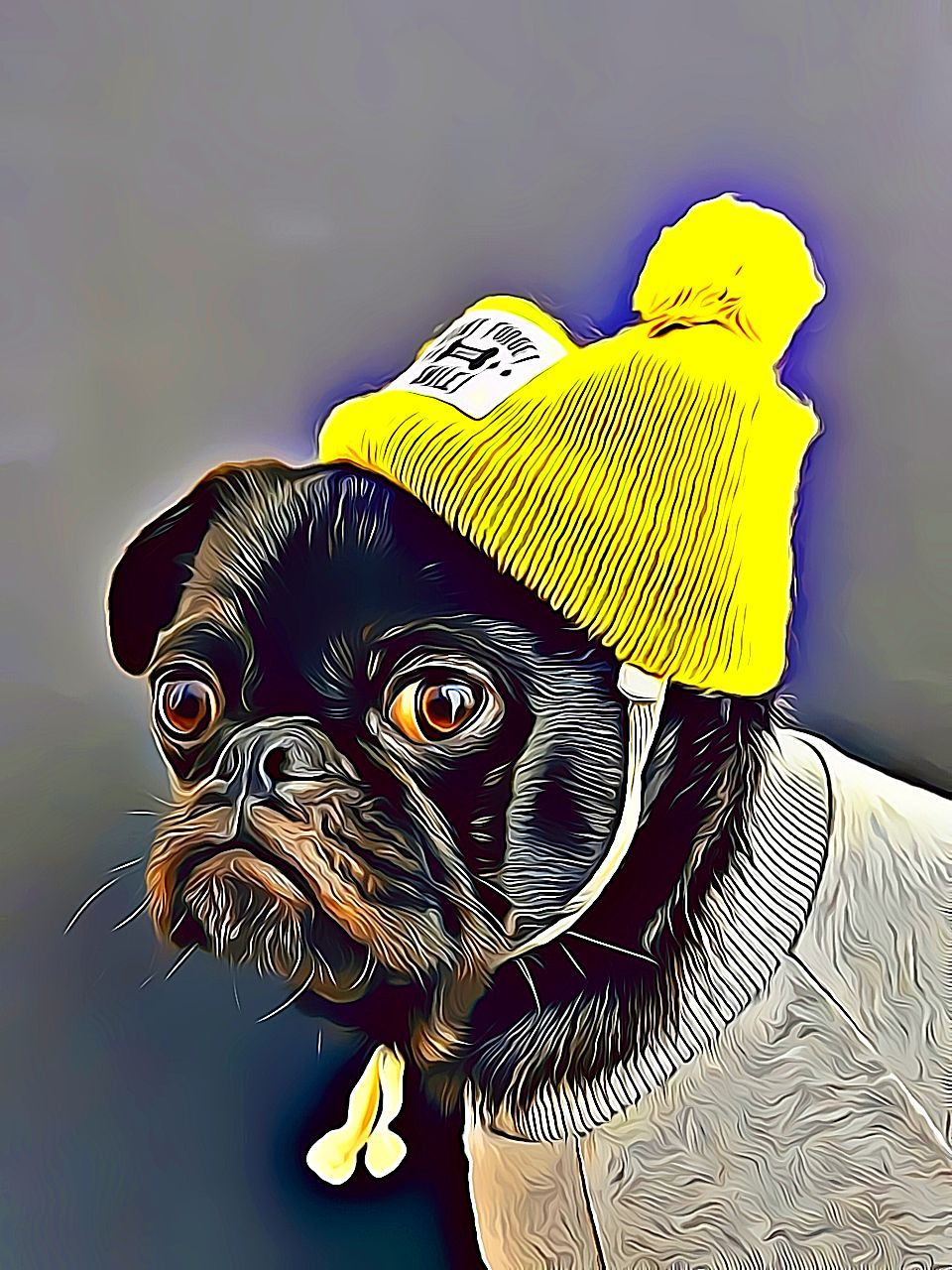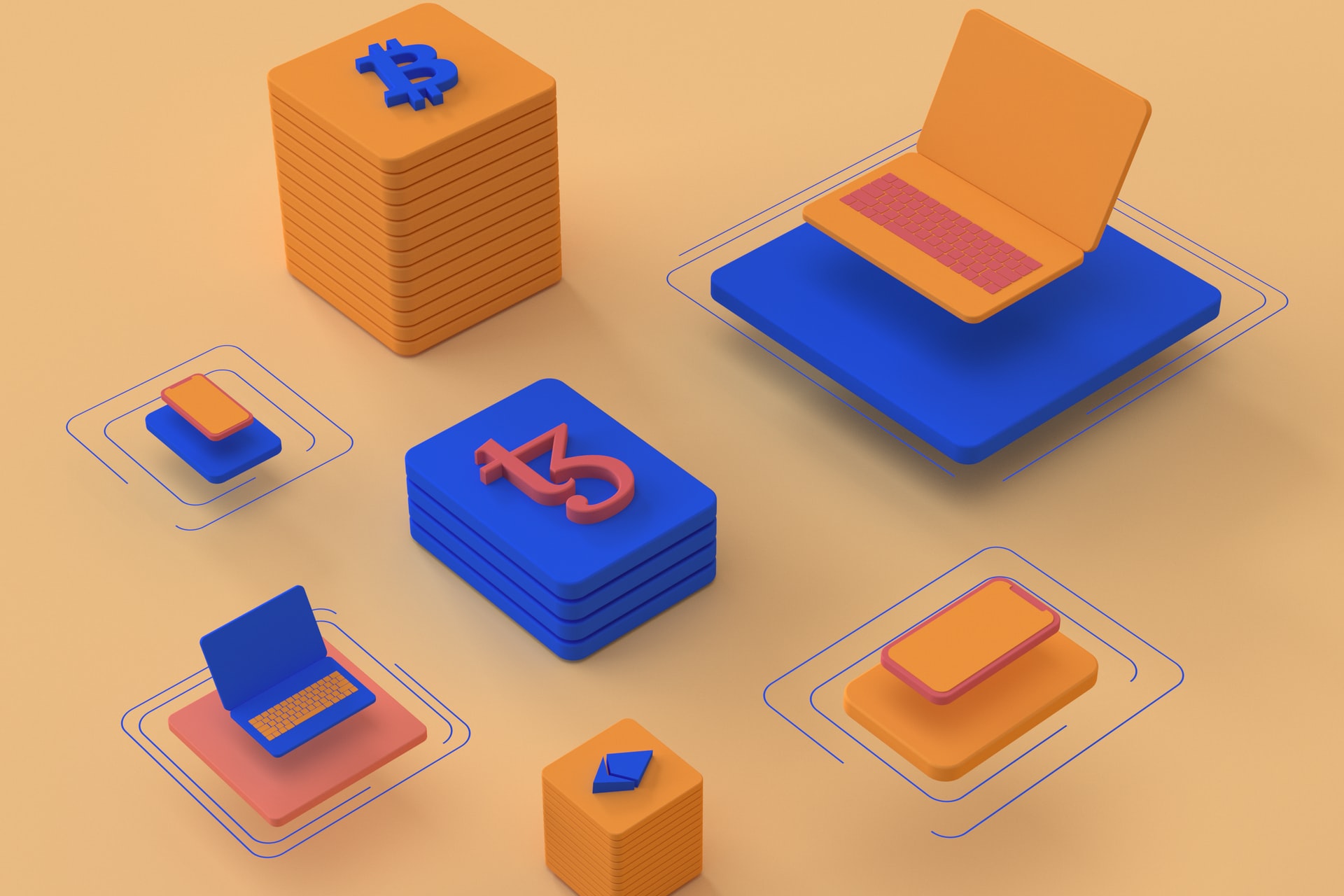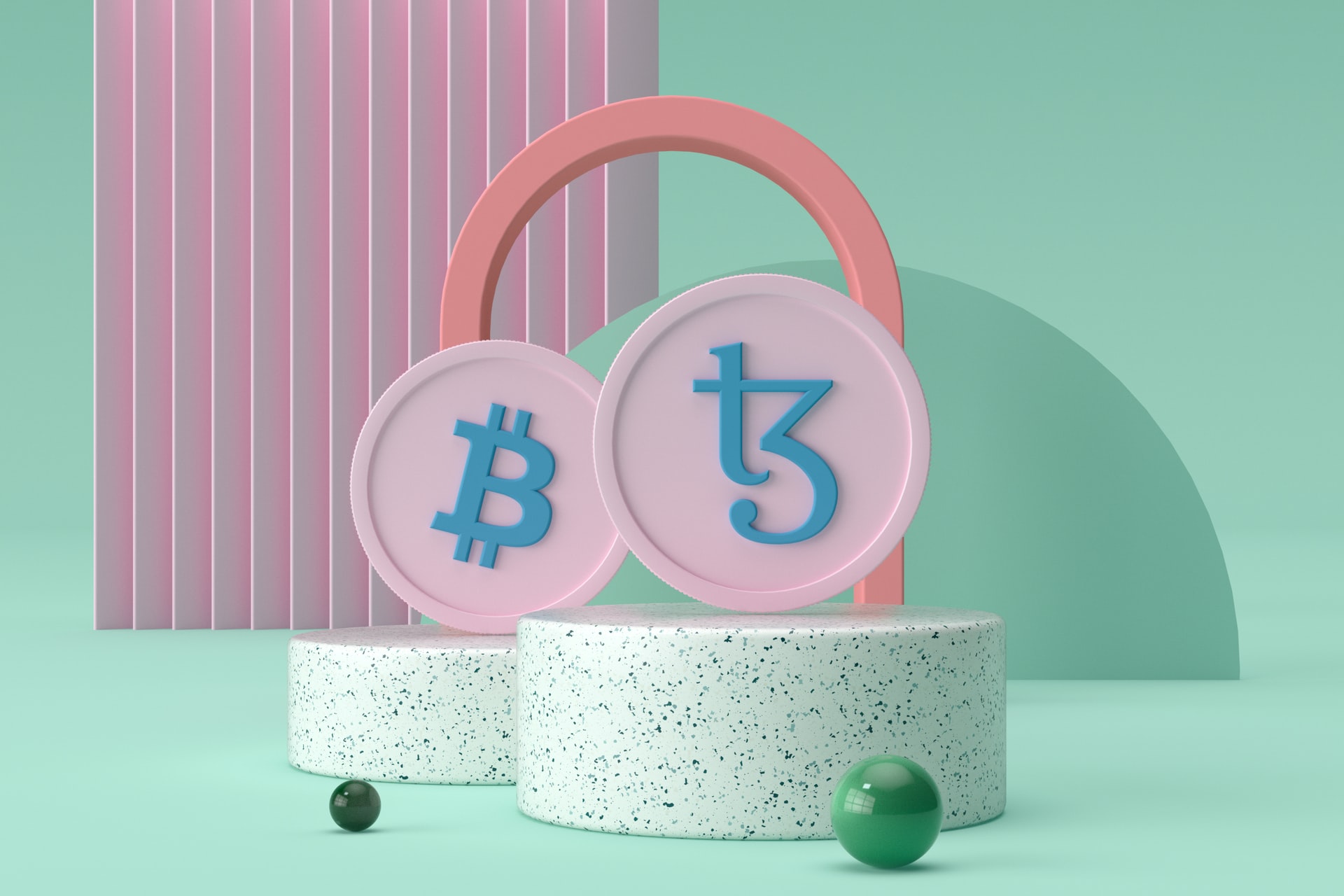
What does NFT mean for fine art photographers and why are they crazy about non-fungible tokens? Is it just a vogue for fine art photographers?
Non-fungible tokens (NFTs) have gained a lot of popularity in recent years. You may have heard the term ‘NFT’ somewhere or the other for sure. If you don’t know what it actually is, let me define it in a simple and short sentence. Non-fungible tokens are digital certificates that prove ownership. Just like people believe Bitcoin to be a digital answer to currency, in the same way, NFTs have now become the digital answer to collectibles. NFTs can be created by using NFT maker applications and are secured by the Ethereum blockchain. It means that no one can tamper with the records of ownership.
A lot of talks and discussions about NFT are going on over the internet, but here we will dive deeper into the implications of NFT for fine art photographers. Almost everyone, including fine art photographers, may take some time to understand what is actually being traded. However, a clear conflict can be seen between the crafted objects of the photo art and the concepts they represent. On the one hand, it’s a photographic print and, on the other hand, it is about ownership (NFT).
Before we move further to answer all these questions, make your concept clear about NFT by knowing its characteristics.
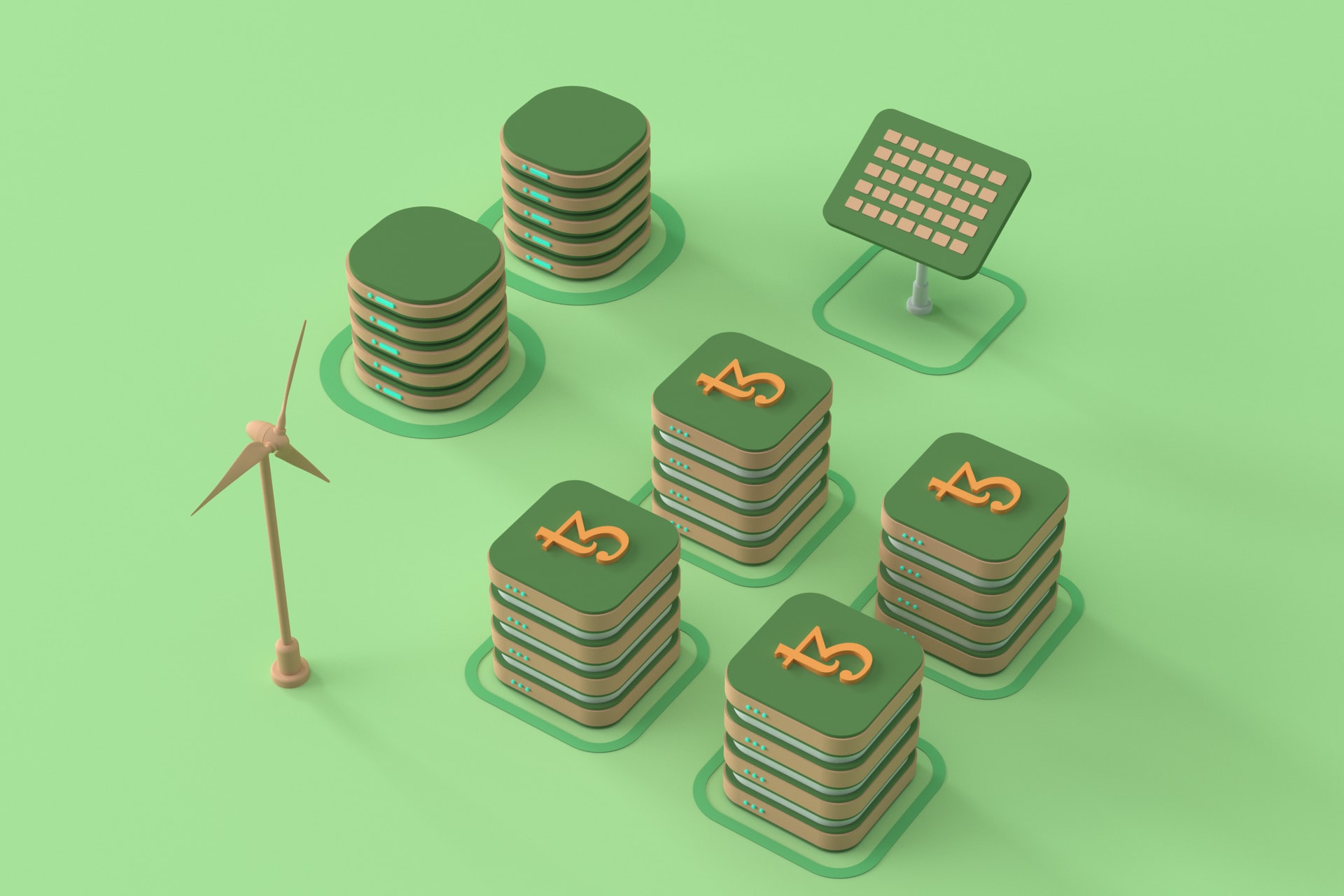
NFT -A digital scarce resource
Art collectors deal with unique paintings and limited-edition photographs. But how do they identify it as a unique art collection? One way to certify digital art as unique is by verifying provenance. An ideal provenance traces the ownership history of artwork all the way back to the artist’s studio. Proving authenticity increases the value of an art piece. Verifying provenance is a laborious, manual process. It is unreliable as it is prone to error and fakery. But if we talk about digital art, it can be secured digitally on blockchain technology where no one can modify the record of ownership.
NFT -A proof of ownership
NFT makes the ownership record easy and unalterable. One can openly share their artwork across the whole network of computers without any fear of losing their authentication. Note that you buy and sell the record and not the object.
That is to say, NFT is a digital certificate of ownership that people collect. A Digital Certificate is considered to be the art itself in the NFT world. That is why the NFT that authorizes the ownership is sold and not the object. A great example of this is Stack’s NFT, a utility NFT project tied to the startup’s unique browser where you will get lifetime access to the tool as well as a collectible.
Just like art collectors who secure their unique pieces through NFTs, investors looking to diversify their portfolios can explore opportunities to buy litecoin, offering a digital approach to asset management.
Rarity that makes NFT expensive
Have you ever thought about what makes some NFTs sell for millions and others sell for less? It has to do with rarity. NFT rarity determines how rare and valuable an NFT is. For a truly rare NFT, collectors bid higher, which makes them more expensive. Tech-savvy and young people understand the notion of rarity and are completely comfortable with owning a digital asset.
Benefits of NFT
‘NFT’, a buzzing word in the crypto world, is more beneficial than you realize. As a fine art photographer, here is how NFT will work in your favor:
- Fine art photographers can enjoy the several benefits of NFT. First of all, it is secured on blockchain technology, so art creation and ownership can be clearly traced.
- As the code is distributed on zillions of computers across the globe, it is nearly impossible to hack, modify, or tamper with records.
- Although some galleries are jumping on the NFT bandwagon, it has become a great way for fine art photographers to connect with audiences and new art collectors.
- Finally, NFT has become a new source of generating income or revenue. Photographers can earn money by selling their work with a reasonable commission of less than fifteen percent. Most importantly, recurring royalties are paid to the artist, which generates ongoing automatic revenue.
Challenges and risks associated with NFT
Since technology allows the resale of unique artwork, some people consider NFT negatively in the art world.
Also, since the code-making process requires great computational power that burns a massive amount of energy, the production of NFT is considered bad for the environment. However, “Proof-of-Work” technology is being replaced by an eco-friendly alternative called “Proof-of-Work” used by Bitcoin and Ethereum.
A major challenge that NFT faces is the value that fluctuates. Since it uses cryptocurrency and not any physical currency like dollars, value changes significantly. Some additional issues that you can find with NFT involve checks and balances and copyright.
Now, coming to the main point, we are going to discuss how a fine art photographer can make and sell NFT.
If you are a fine art photographer, dive in and see how you can start:
NFT Creation
There are various NFT maker platforms you can use to create wonderful NFTs. One of the best sites where you can create stunning NFT is Colorcinch. Its tools and features are what make it different from other platforms. You do not need to download whole software or applications for NFT creation; you can simply access them through your browser. If you are new to the NFT world and have no experience in creating NFT, its tutorial will help you learn from the basics to the Pro level. It is easy to use, has a user-friendly interface, offers hundreds of digitized and curated effects, has tutorials for beginners, amazing tools and features, and many more. You can access all the magnificent features of Colorcinch at a relatively cheaper price. What else do you need?

You can easily create a stunning NFT in one click with Colorcinch, just by uploading an image. Once you successfully upload the picture, play with the colors, themes, templates, filters, effects, and other tools that it offers. After you complete your amazing creation, you can place it on platforms like Ethereum or Opensea for sale.
Selling NFT
Once you successfully create your artwork, you can consider it for sale. NFT selling is a straightforward process but requires these steps to follow:
First, spend some time and do research.
Visit various platforms and observe what is published. Innumerable articles about NFT are floating over the internet. Go through some of the best articles and follow some key players. When you browse platforms, you will get to see some famous and interesting art pieces, so keep your eyes and mind open. When you see art on various sites, imagine your work being published there.
Prepare an NFT strategy, including pricing details, a couple of images to choose from, and a selling method.
You can either place some unique images across several platforms to check which site works best, or you can place a new piece weekly on the same platform. Consider the selling method too, whether you want to sell via reserve, fixed price, or auction.
The next step is to select an art-related platform to post your creation on.
Try to find a platform that is specifically designed for fine art photography. If not found, at least choose a sizable and popular platform like SuperRare or Opensea to post on.
Next, you need to connect to a payment system.
Wallets are useful for securing purchases and payments of cryptocurrencies. You can also transfer cryptocurrencies into dollars. Both MetaMask and Coinbase are popular and secure options to fund wallets by adding dollars.
Once you are done with the payment system, it’s time to upload images.
Minting NFTs requires some basic information such as art description, fixed price option or combo, and most importantly, selling price in Ethereum or Bitcoin. The selling process varies slightly depending upon the platform you choose. For instance, on Opensea, one Ethereum is required as a reserve price with no fees, and an image file name with characters is not accepted by Mintable.
Gas fees are an important consideration that varies depending on demand and time of day.
So spend your time hunting. Some platforms require fees for setting up NFT and others at the time of selling the item. Don’t forget that you will also have to pay cryptocurrency service fees while funding your wallet.
You are not done until you tell others about your NFT creation.
Share your NFT on various social media platforms and share your experience with the community out there.
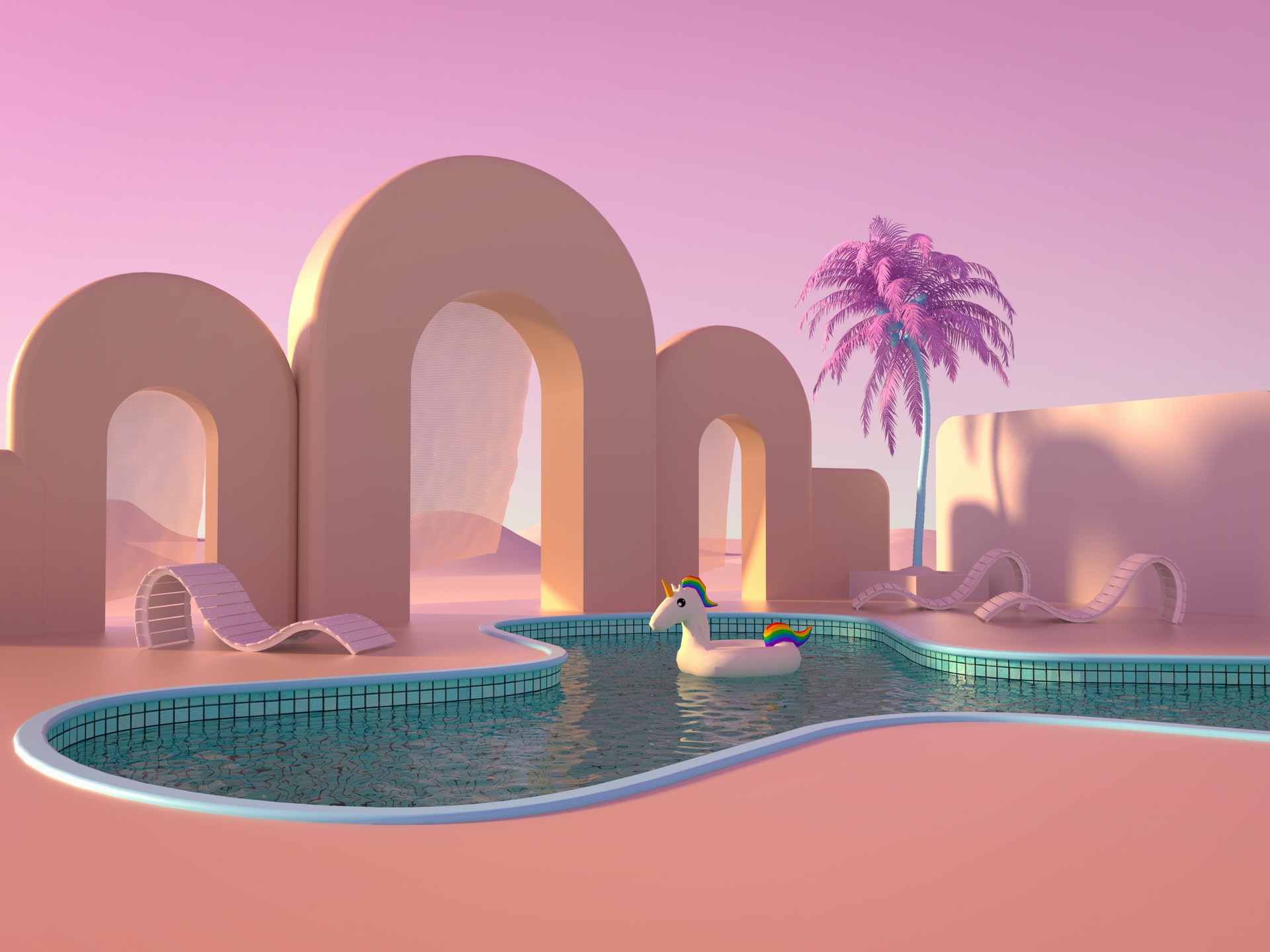
The basic concepts of NFT and the tips that we discussed will help you understand the NFT world. We hope this article will help individuals, especially fine art photographers, to get their feet into the NFT world.




